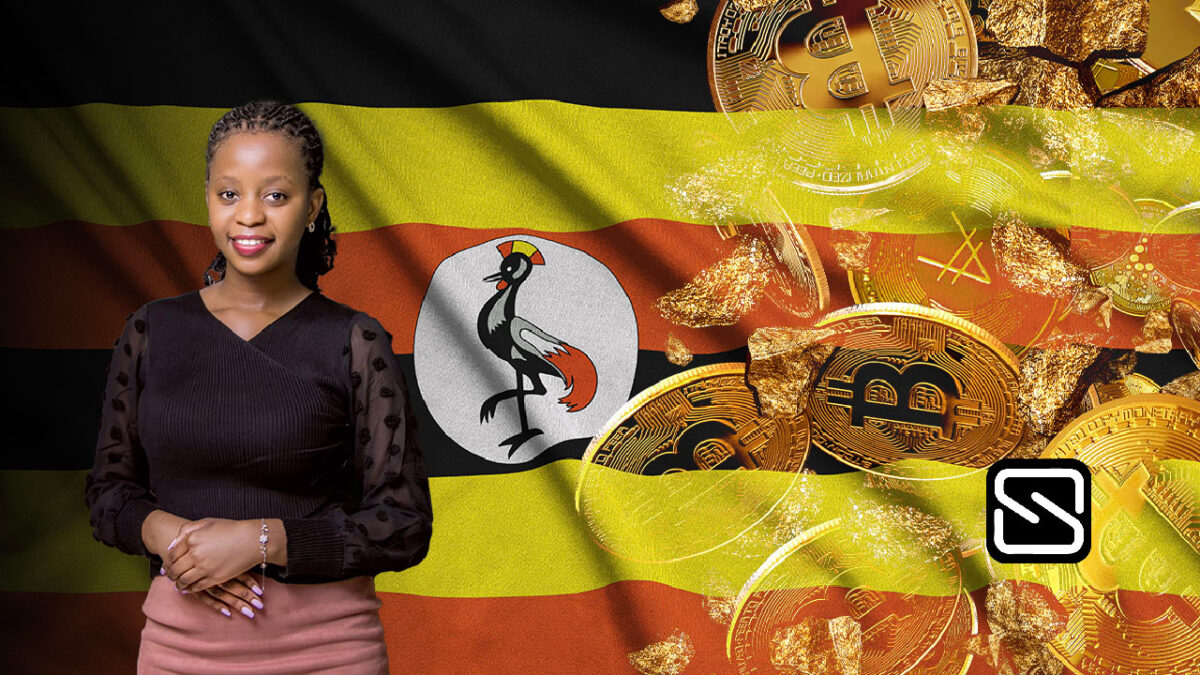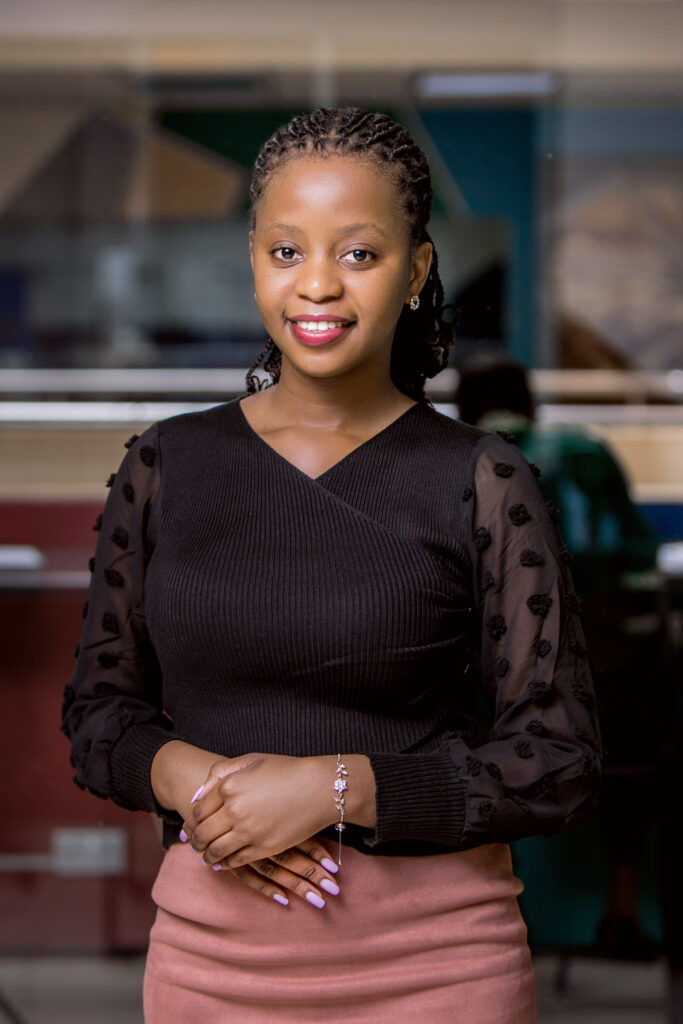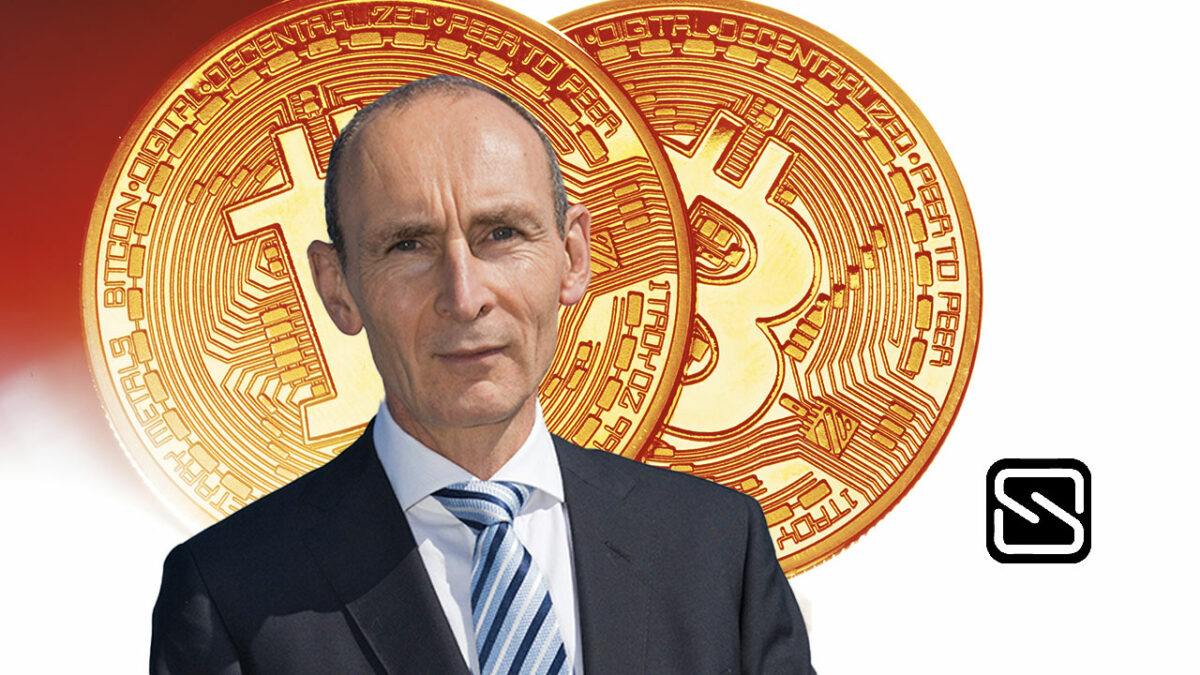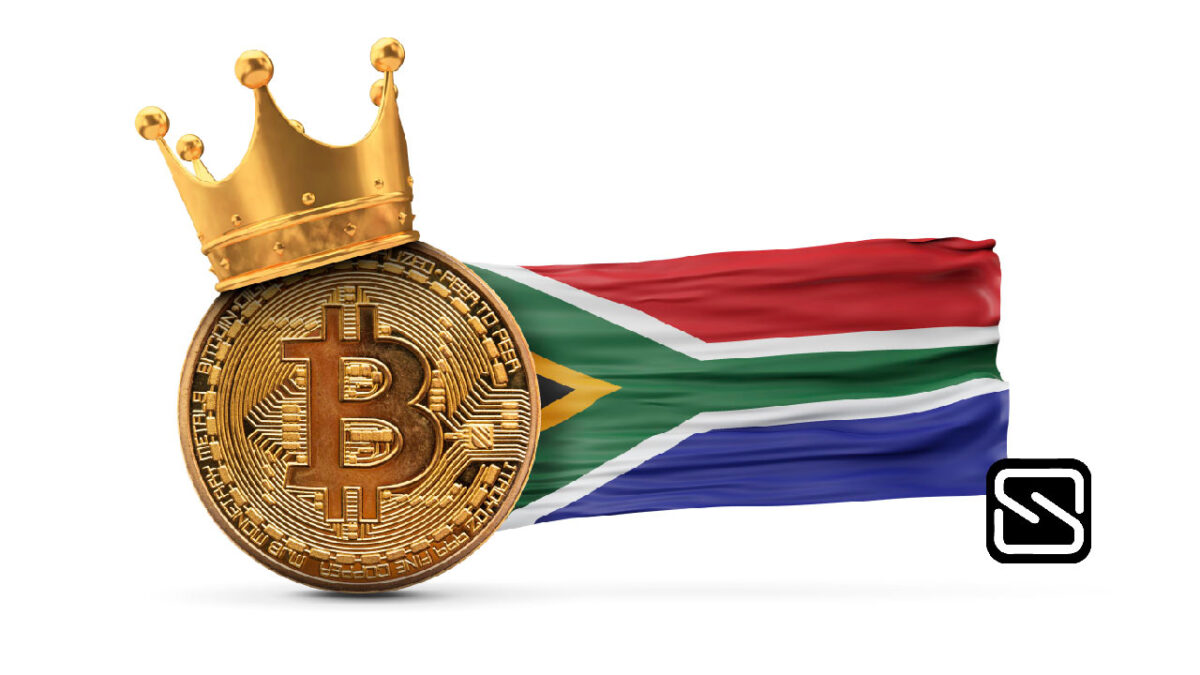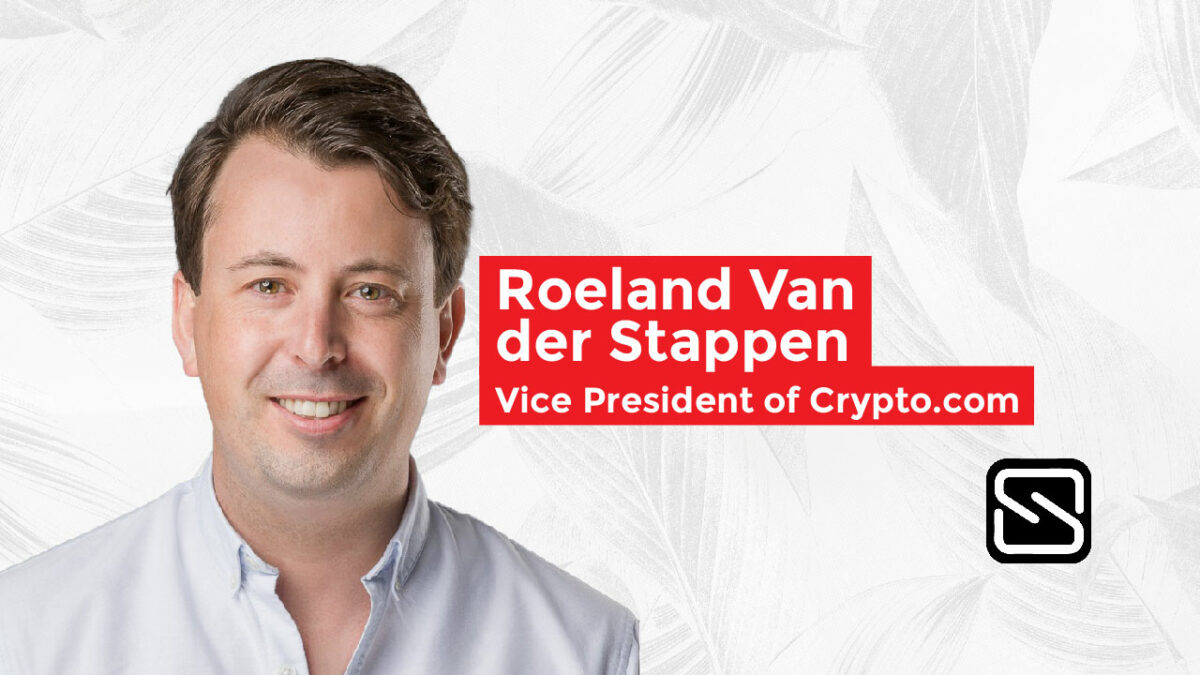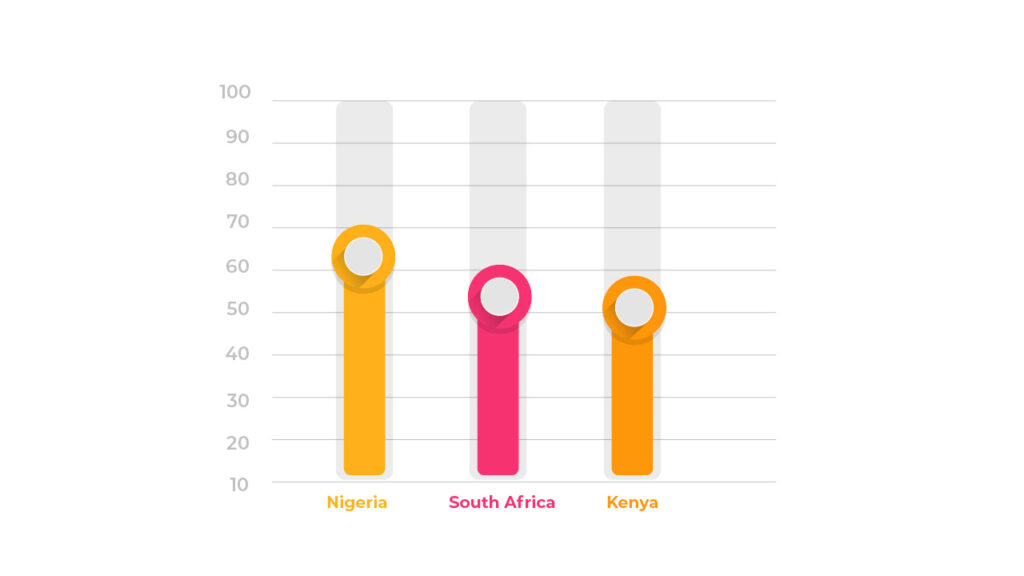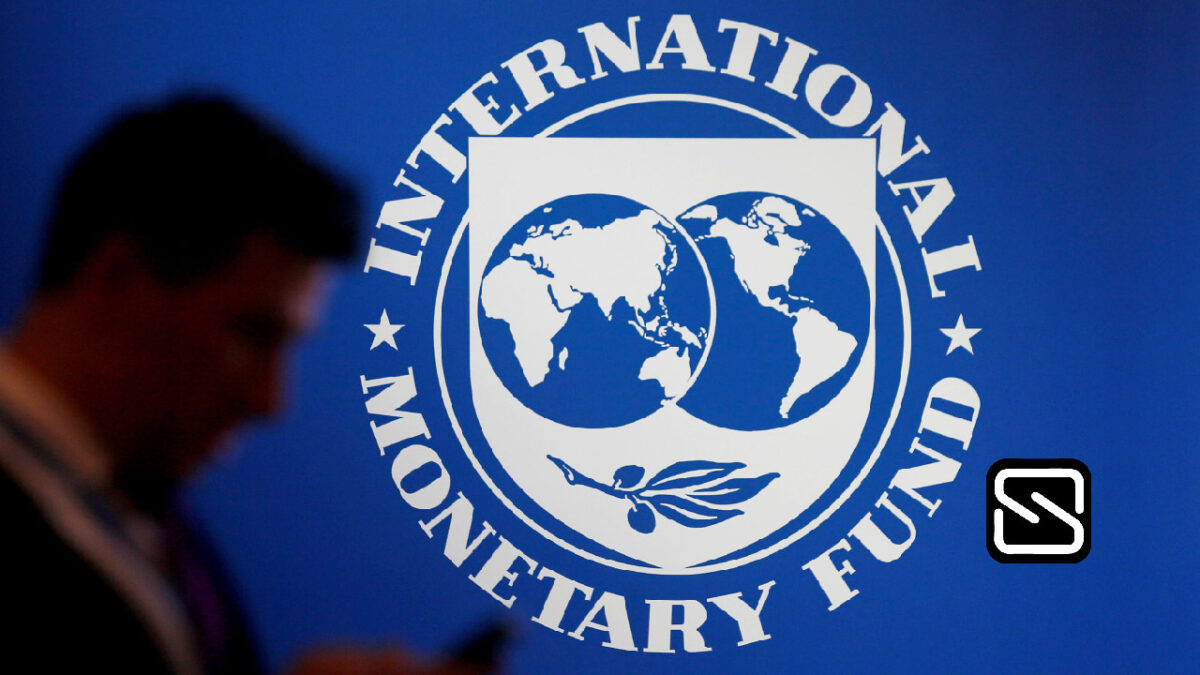The global increase of NFTs has been tremendous, but in Africa, especially in nations with booming art ecosystems, the rise has been explosive. After Beeple’s $69.3 million sale at Christie’s in New York, NFTs, like much of the greater art world, began to permeate Africa in early 2021. As a result, artists working in African cities flocked to NFTs to sell their work, tell fresh tales, and promote African greatness, ranging from established painters to young digital artists. A year on, NFTs have opened the door for new artists to earn revenue on marketplaces like Opensea, Foundation, SuperRare, Mintable, Wax, and many others.
Nigeria’s foremost digital artist Osinachi started making blockchain-enabled art in 2017. However, “Opportunities weren’t in the traditional art space for digital artists like myself,” Osinachi explained, “because traditional artists didn’t take digital art seriously until recently when NFTs started.”
After discovering crypto art on his own, Osinachi joined the now-defunct platform Rare Art Lab. The team taught him how to mint NFTs, a process he picked up with ease. Osinachi admired the way the crypto art space gave him a sense of belonging as a digital artist, something that the traditional art space lacked.
“Before, artists waited on companies to employ them to produce a particular work,” Osinachi said of the circumstances he and his peers in Nigeria had grown accustomed to. “That has changed now. Digital artists are able to make what they want to make and believe someone is willing to buy their works on the blockchain,” He added.
Across several African countries’ art scenes, there is already an established digital art community composed of artists, collectors, and enthusiasts all of whom are propelling the industry’s growth.
South Africa’s NFT scene, unlike Nigeria’s, is still gaining its footing. Several artists, though, are leading the way. “You can feel the unified consciousness of thinking about our tales in South Africa,” said Terence Ntsako, a South African digital artist.
Ntsako started making NFTs in 2021, curious to tap into the new technology. Though he had mostly been painting, creating NFTs didn’t feel like a major leap because he got his start working in animation. “NFTs offered me a platform that allowed me to keep track of and stay in charge of my artworks,” Ntsako said.
Ntsako has been witnessing more and more fellow artists becoming interested in NFTs in order to make money. Working at Johannesburg’s communal art studio August House, Ntsako said that his artist peers constantly come to him, asking him about the medium. “I hear someone telling me, ‘Yo! Show me the ropes,’ and we set up a time, sit down, and I send them all the details on how to get involved in NFTs,” he said.
This excitement has sometimes proven difficult to maintain. Ntsako’s limited time and resources prevent him from assisting the many other artists who want to use the NFT space. Furthermore, he has had to devote time to his collectors, who are accustomed to purchasing his paintings but are wary of NFTs. These problems, however, pale in comparison to those of his peers who are still on the rise in the industry. The expensive gas fees associated with minting NFTs are a more significant concern. The high costs of making this work jeopardize artists’ goals and originality, and limit the number of rising artists who can afford to make NFTs.
Artists aren’t the only ones venturing into NFTs; African galleries and fairs are also venturing into the new territory. In November 2021, ART X Lagos, West Africa’s first and largest art event, teamed up with NFT marketplace SuperRare to promote young digital artists in Africa. ART X Lagos is West Africa’s first and largest art fair, bringing together thousands of creatives and lovers from around the world. Osinachi, Niyi Okeowo, Linda Dounia, MoonsunDiamond, and Idris Veitch were among the artists included in an NFT sale held at the event.
In addition, as part of the fair’s talks program, Osinachi, Dounia, and Ade Adekola participated in a discussion titled “Art X NFTs: Speculative Futures,” which was conducted by entrepreneur and curator, Maurice Chapot and featured Osinachi, Dounia, and Ade Adekola.
Such discussions have also taken place at the Art-Tech District in Abuja, Nigeria’s tech-driven arts powerhouse. The company began researching NFTs in order to provide a unique way of empowering young Nigerian artists.
“We embraced NFTs as soon as they emerged,” said Mosope Olaosebikan, founder of Art Tech District. “We were among the first to start having serious conversations about the new technology, hosting a series of NFT panel discussions.”
In contrast to Nigeria’s growing NFT infrastructure, Ethiopia’s art scene is thriving, though the emergence of NFTs is new. You wouldn’t know it from looking at the work of Kiya Tadele, an Ethiopian model and artist who founded the Yatreda art collective with family members in 2021. The organization aims to conserve Ethiopian cultural history by utilizing blockchain technology.
“The NFT space is new for Ethiopia,” Tadele told Artsy. “Though there are some other powerful Ethiopian artists who have entered the space, like our friend Fanuel Leul, we see this as a fair chance for everyone with a curious and open mind.”
In Kenya, there is an NFT community known as Mbogi, which is derived from the Swahili word “crew.” Though the group is modest, according to Young Kev, a renowned Digital artist, it has grown tremendously as more artists in the community are tasked with bringing others into the fold, educating new artists, and sharing their experiences with NFTs. Artists have also been concerned with raising cash to assist young artists in covering their minting fees, according to him.
“The growing popularity of NFTs has given acceptance to digital art in traditional galleries,” Kev added, noting that he would exhibit his work in The Affordable Art Show in conjunction with the Kenya Museum Society this month at the Nairobi National Museum.
Just like the global art world, these local art scenes in Africa are poised to keep growing, welcoming new artists, and yielding significant sales through blockchain, while also offering new artists greater reach and representation. “We are here to stay, but it still feels like we are just getting started,” Tadele said. “Everything up until this point has been a big experiment. The future looks good.”

